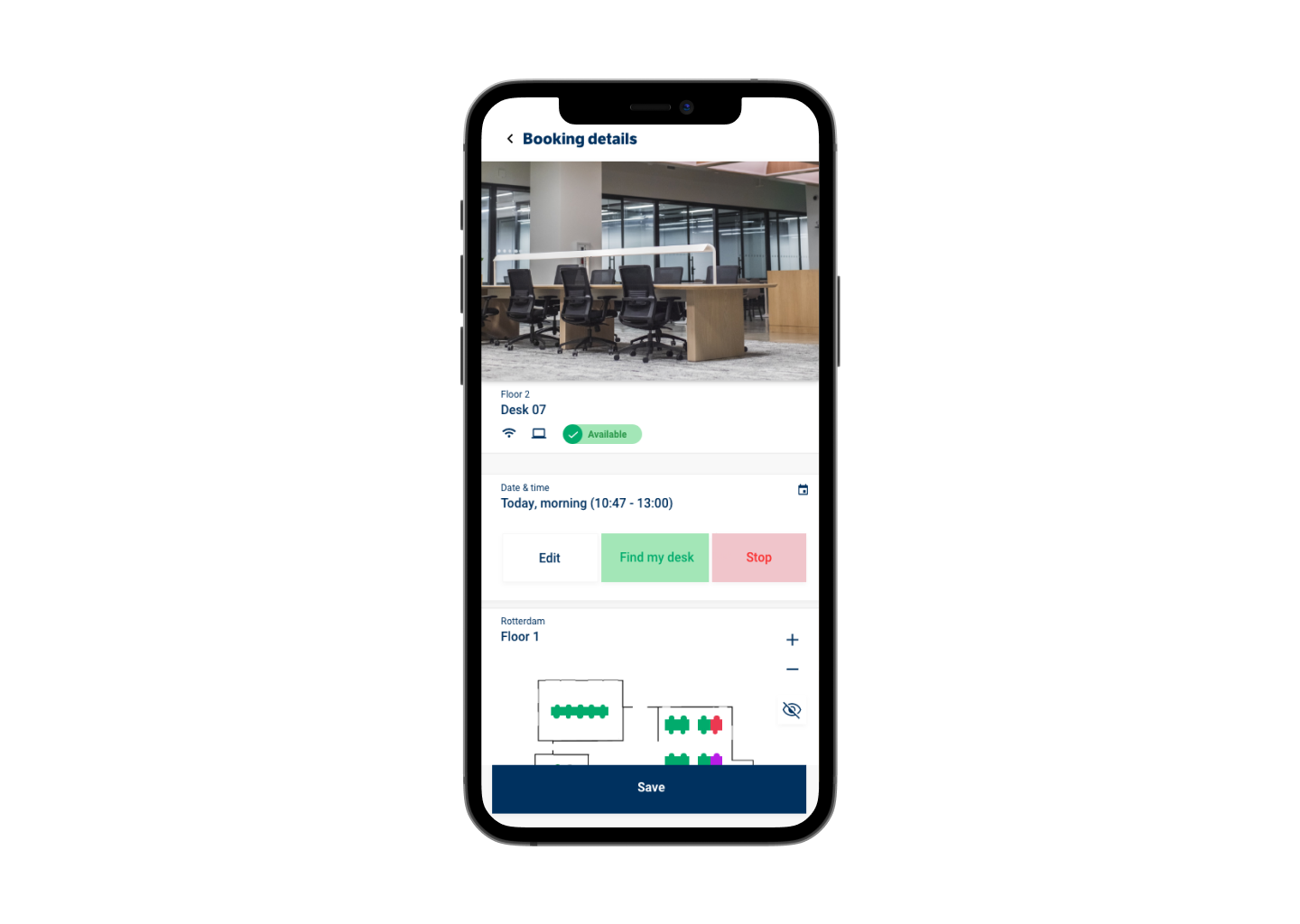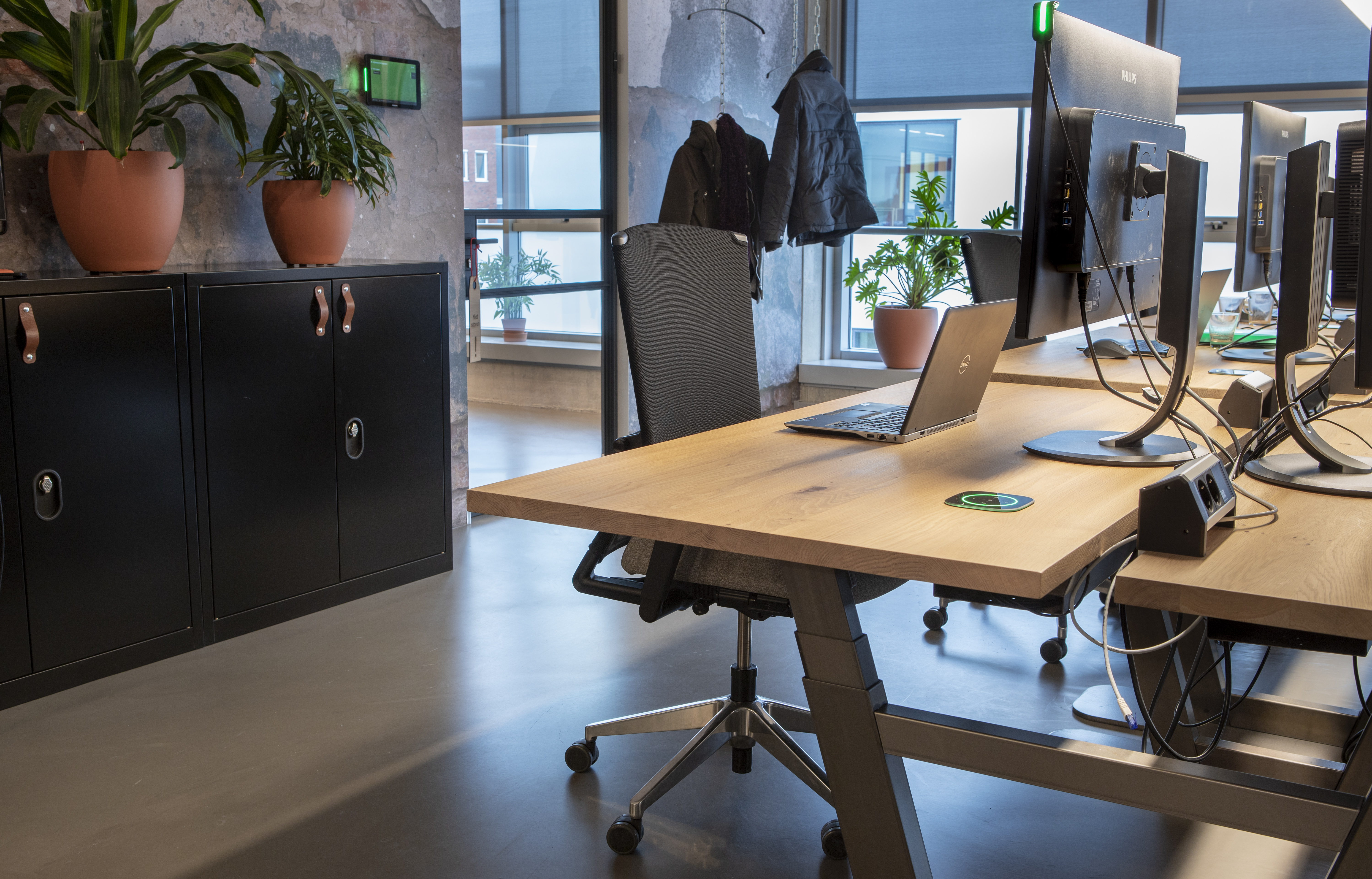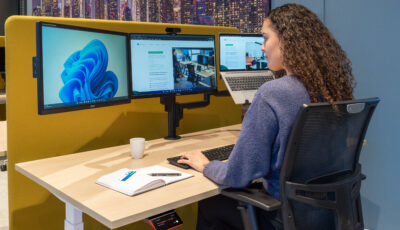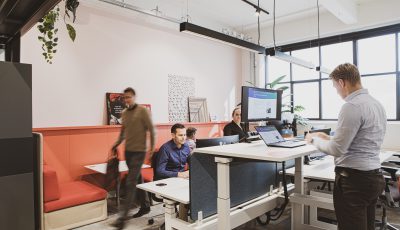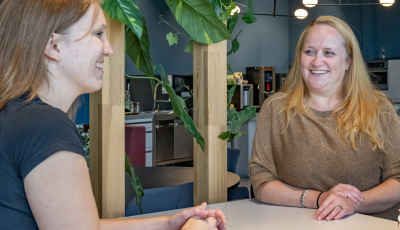The year 2022 has been all about hybrid working. So much that it is now standard practice in the majority of offices. Employees are now able to decide per day if they want to work at the office or from home. Thanks to the success of hybrid working, employees are showing a trend of preferring even more flexibility. The upcoming year is going to be focused on flexible working. But how is it different from hybrid working?
What is flexible working?
Flexible working is a way of working that prioritizes the employees’ needs. This is not only about being able to decide when you work, but also about where you work and for how long. Examples of flexible working are hybrid working, part-time working, or picking your own hours. The key difference thus with hybrid working is that flexible working is a step further in terms of employee autonomy. This trend of flexibility is one of the key factors in the current generation of employees, and more and more businesses are accommodating the workplace to their employees’ needs. Flexible working is a key factor in the office of the future. Here’s what you need to know.
Why flexible working is important
There are many benefits to flexible working, both for the employer and the employee. First and foremost, flexibility is at the top of their priority list regarding jobs. It gives them more freedom and autonomy regarding their work and it results in a better work/life balance. When you as an employer offer this flexibility, they’re more likely to be satisfied in their job, resulting in better retention and recruitment. Having a flexible workspace may even save you on costs regarding real estate, lighting, and energy, as you will need less office space. Enough reasons to seriously consider flexibility!
What is a flexible office space?
A flexible office space is a workplace in which employees are allowed to work flexibly. But how do you implement such a working model? At first, it is important to assess what you are able and willing to offer your employees. When you have established that, you can implement the correct and suitable smart office tools to make the shift easier for everybody. All types of flexible working are characterized by roughly the same key concepts, which we like to categorise as the three C’s of flexible work.
Certainty
Flexible working comes with many variables. Who will be at the office, and when? Desk and room booking systems can help provide you and your employees with certainty. A desk booking system allows your employee to book a workspace in advance, guaranteeing them of a desk at the office. This way, they’ll be sure that their preferred spot is available at the office. Additionally, it helps their colleagues see who will be present at the office. The interactive map in both the Mobile App, the Portal, and on the work floor show exactly which desks are occupied and by whom. In GoBright’s Portal, it is even possible to book a parking space and reserve a locker in advance. Your employees are never unsure if there is enough space for them.
Collaboration
When people work from home more frequently, there will be an impact on collaboration. After all, it is easier to work together when you see each other in real life. When using a room booking system, collaboration can be stimulated, even in a flexible workplace. A room booking system helps your employees organise meetings, by booking a meeting room and inviting colleagues and visitors in one go. When you use a suitable room booking system in a flexible working environment, you don’t have to give up any collaboration.
Capacity
In flexible offices, it comes naturally that there will be less people at the office at the same time. This means that your business is likely needing less office space than when everybody had to come to the office daily. You can use occupancy management to measure how much of your current office space is being used in the new working model and make data-driven decisions accordingly. For example, you might realise that you have way too much office space available. Too many desks, or too few meeting rooms. You can then decide to get rid of a floor of office space, and some desks, and instead create a new meeting room. You’ll save on some real estate costs and can better accommodate your employees’ needs.
In the current world, work can be done anywhere at any time. Employees realise this, too. Where is your favourite place to work?

